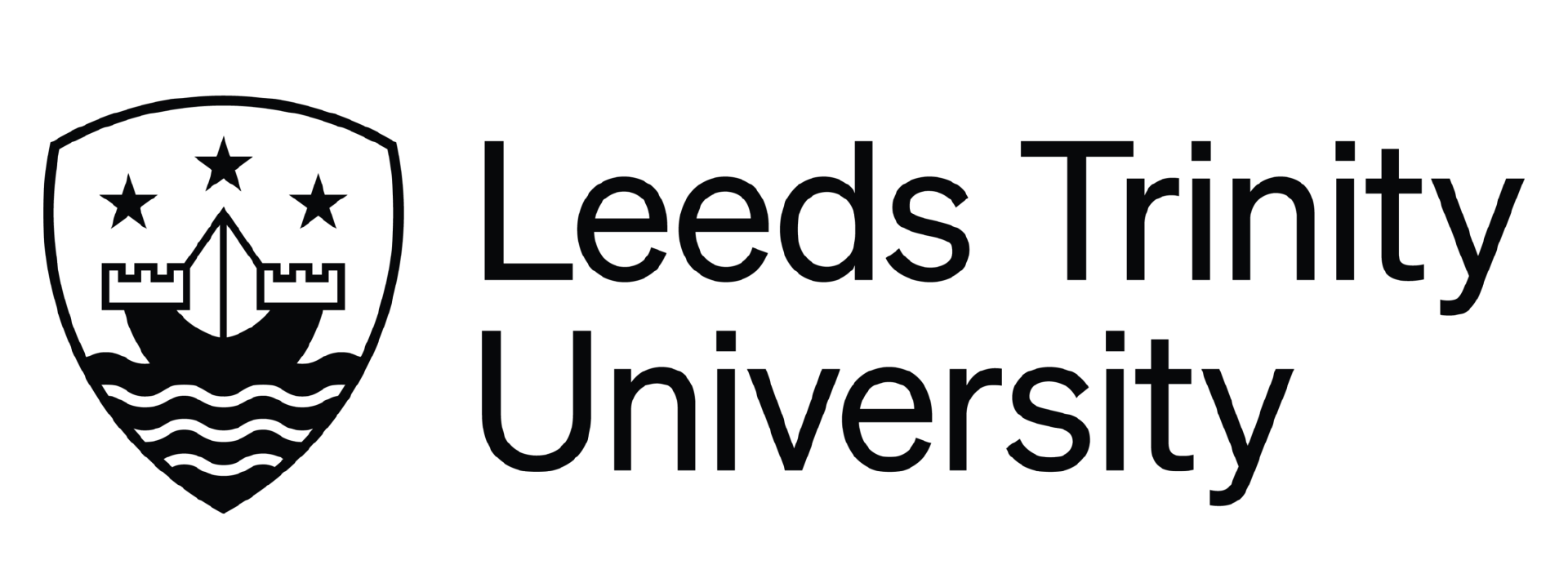Guest blog by Kevin Richardson, Local Academy
Introduction
Universities UK has called for the establishment of a ‘transformation fund’ to support universities over the next two to three years to reshape and consolidate through ‘federations’ and partnerships, or potentially merge with other higher education institutions, further education colleges or private providers’.
The government response suggests that it would intervene if and where appropriate should an HEI finds itself at risk in order to develop a ‘regime’ through which it will assess the need for ‘restructuring’.
Defining Federations
A university federation can be loosely defined as a set of multiple affiliated institutions of higher or further education that are usually distributed across a fixed geography. Typically, all members share common components of service delivery, professional services, back office services and administration.
Most work under a common system of top-level governance, where roles and responsibilities are clearly delineated, but within which individual institutions, also retain significant degrees of local autonomy under their own local board of governance (governors, trustees etc.) and their own, and individually visible, executive leadership.
What and where can we learn from others?
Much good learning could be transferred from the United States where such federations or ‘systems’ have been in widespread use for decades. Such learning can help us understand why and how federations might deliver positive benefits here in the UK.
Economies of Scale
The primary purpose of a federation is to build economies of scale, especially in relation to professional services, strategic financial management, marketing, estates development and management, ICT infrastructure etc. This systems architecture can be used to good effect, in particular, through aggregated approaches to investment finance. Scale also has other important benefits.
Competition for Students / Student Choice
Federations can offer a more extensive and integrated approach to academic, corporate, commercial, leisure, retail and sporting facilities to help certain institutions ‘compete’ more strongly for students against otherwise more prestigious universities.
Importantly, individual universities within a federation can remain free to compete for students from other universities within the same federation!
Branding and Identity
Most universities understand and protect strongly the importance of local branding and identity. Branding of federations can be flexible and relate to the local area or region upon which the federation is based if that is what constituent members want. Or federations can easily develop branding that is effectively hidden from students and the local community. Local branding and identity certainly does not need to be lost.
Independence
Local universities in the UK understandably vigorously protect their status as independent and autonomous bodies.
A federation needs some sort of overarching governance, which sets strategies, standards and forward frameworks for all institutions within the federation. It can also coordinate plans for the future development of existing and new universities in new locations. The system of regulation led by the Office for Students already performs these broad tasks in the UK.
But federations can operate by leaving much strategic, financial and operational autonomy with local institutions. Local university boards can continue to select their own vice chancellors, set their own strategies, quality standards to teaching and learning, tuition fees; and collect, retain and deploy their own incomes from commercial and residential offers, and from philanthropic giving and other sponsorships.
Growth / New Entrants
Federations can make it easier to grow the sector via new locations and new universities. Often in conjunction with the central and local state, federations can invest in a planned way over the long term in new locations to respond to strategic objectives and changing demands from business and changing demographics.
Integration: Higher and Further Education
Federations can consist of universities, FE colleges and other institutions, including high schools. This innovate approach could help to build much stronger pathways of learning for individual students especially if cultures, systems, operating and administrative practices were better aligned across the federation.
Teaching Intensive or Research-Intensive Systems?
Nor do federations need to consist only of so-called ‘teaching-intensive’ universities Some of the most renowned universities are part of federations in the United States e.g. UC Berkley.
Summary
Federations have operated for decades in the United States and the advantages of such an approach are well understood by universities and other institutions across the Atlantic. But neither universities in the UK nor central government should seek to simply replicate the exact same kind of structure here in this country. However, UK universities in the current climate could and should perhaps look to identify and review what useful lessons might be learned from international counterparts, and adapted if and where necessary.
A longer ‘think piece’ on which this short blog is based is available on request from Yorkshire Universities. Get in touch via enquiries@yorkshireuniversities.ac.uk












